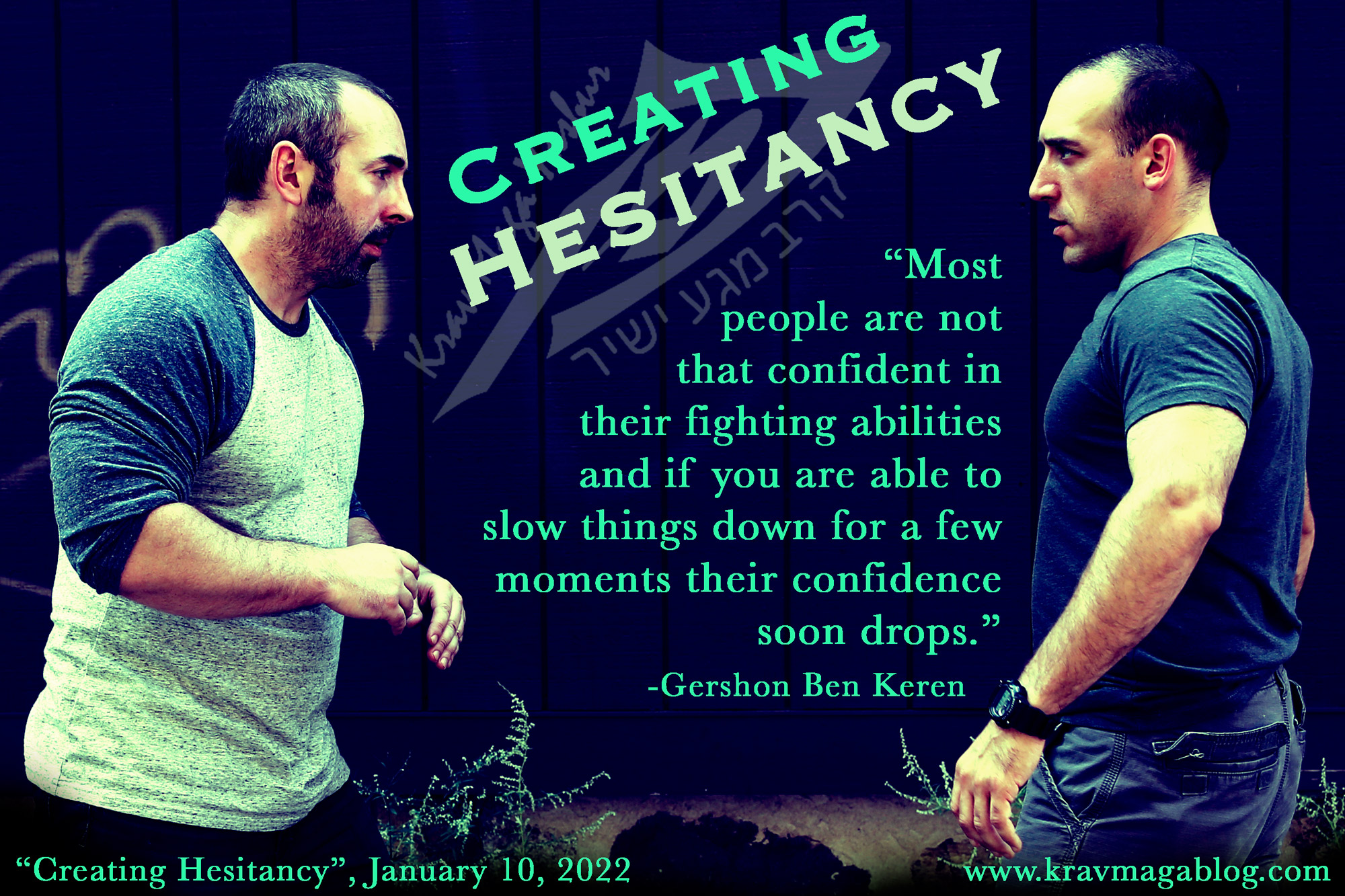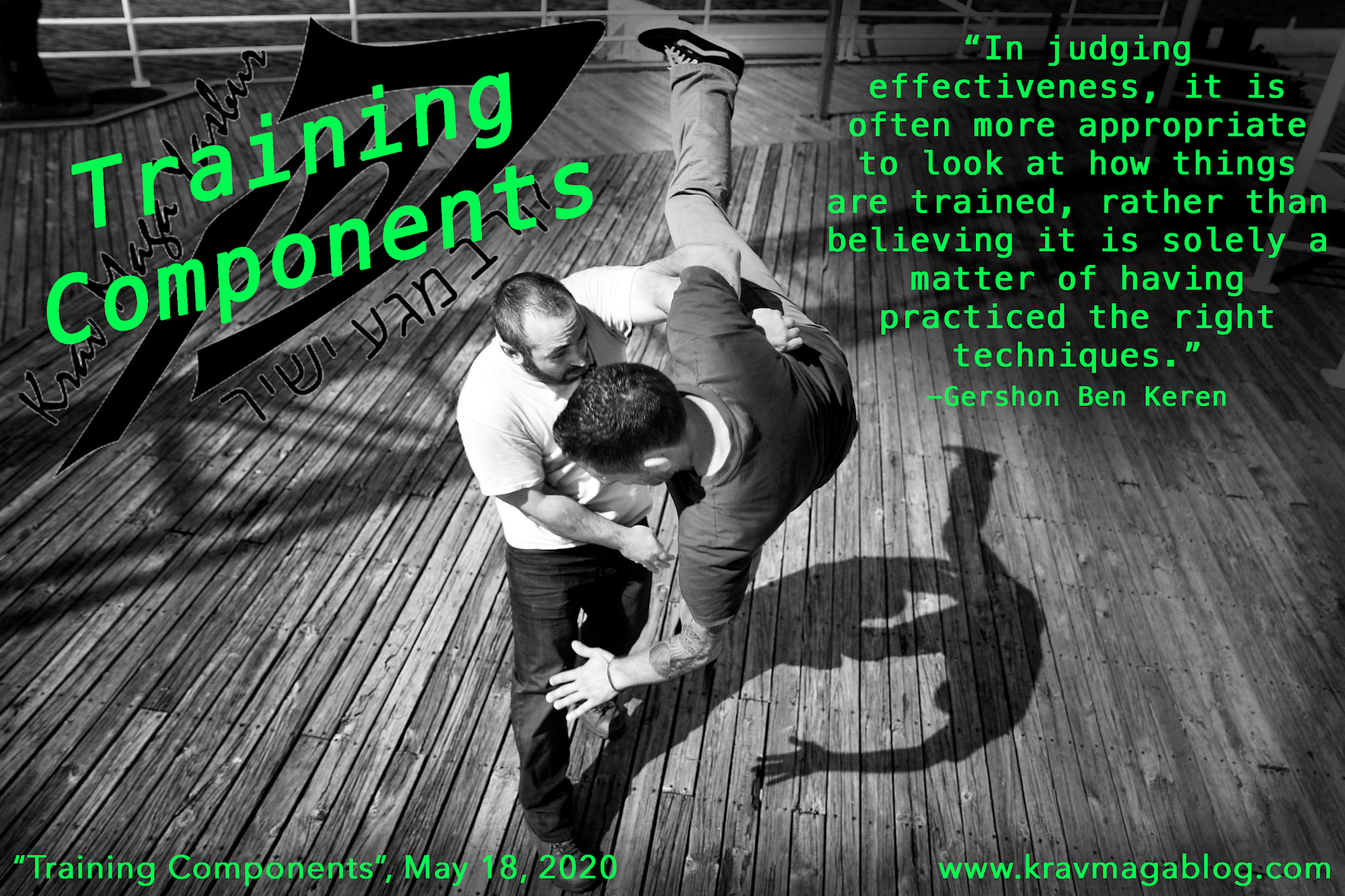Exceptions To The Rules, is an article written by Gershon Ben Keren, a 5th Degree Black Belt in Krav Maga, who teaches Krav Maga in Boston, MA. He has also authored three Amazon best-Selling Books on Krav Maga.
Krav Maga is a not a particular “style” of self-defense, but an approach/method of fighting based on certain principles and ideas. There are schools, systems and instructors that try and argue that only their interpretation of these concepts and principles, makes theirs the “true” and “authentic” Krav Maga, however this is simply not the case, and there are many instructors and Krav Maga systems that adhere to the principles laid down. However, a dogmatic, and rigid interpretation of Krav Maga principles, can be detrimental, when you take your Krav Maga out of the training arena and/or dojo, and try and apply it in real-life situations and scenarios – it is often evident, which instructors lack real world experience, when they only talk about one way of dealing with a situation, and instruct their students to only act in a certain way. Sometimes what is presented as a principle is actually a heuristic; a good rule of thumb – it is a good starting point, that allows you to think and act quickly, but not necessarily a conclusive and definitive way of working.
A good example of this is the Krav Maga principle, which I would argue is a heuristic, and a good one: if the attack is life threatening attack the attack, if it is non-life threatening, attack the attacker. What this translates to is, if someone is applying a life-threatening attack, such as a choke or strangulation, your immediate response should be to deal with that attack, and clear the choke etc. rather than try and strike, hit, kick etc. your attacker; basically you don’t have the time to do this, before the choke starts taking effect, therefore you should deal with that immediately. Absolutely, no argument there. However, conversely the principle/heuristic also states, that if it is a non-life threatening attack, such as a clothing or wrist grab, you should ignore the grab, and attack your attacker. As a general rule of thumb, it’s a good idea and solid concept, but as a principle that should be doggedly adhered to, I would question whether it is always the best approach to take, or even an effective one in all situations.
Let’s say somebody in a bar grabs your lapels, your shirt etc. we can all agree this is a non-life threatening attack. A dogged and rigid adherence to the principle would suggest that your response should be to immediately start attacking your assailant. However, having done bar security for a number of years, I know that if the person who grabbed you is a member of a group, and those other members see you attacking their friend, you have now escalated the situation to one involving multiple assailants i.e. you may have made the situation ten times worse for yourself. This is the reality of violence, and your solutions have to take in to account such factors. Maybe, it would be better to break their grip, and disengage, or apply a subtle and discrete, pain compliance hold, that wouldn’t be noticeable to others, and/or cause the person you are dealing with to feel like they have lost face with those around them i.e. de-escalate rather than escalate the situation. May attacking them be the best solution, sometimes yes, but not in every instance.
One of the quotes I hear a lot of instructors blithely state, is the old adage, “Better to be tried by 12, than carried by 6” i.e. it’s better to be alive, and go to court to be tried for what you did, than end up dead. I agree with the sentiment, but not how it is interpreted and used; as an excuse to do whatever you want to a person and worry about the consequences afterwards. This is lazy and unrealistic teaching. Let’s say you are at a works function, and you and your co-workers have had a few to drink. Somewhere along the line you and a fellow employee, get into a debate, that gets heated, and turns into an argument. You go to leave, but your co-worker, grabs your lapels, to keep you there. I’ve seen this happen a lot in bars, where one person wants to disengage from a confrontation, and the other one wants to keep them there. In a bar setting, where you have no prior relationship with your assailant, attacking them may be a good solution (though it also might not be), however if you were to take that approach with your co-worker, you may find that you don’t have a job the next day i.e. your employers judge that your response was excessive. It may be that future employers, check up on your references, and find out your reason for being fired, and choose not to offer you employment. The consequences of your actions do matter, and blindly following a “principle”, rather than looking for an effective solution to your situation, may cause you to have to deal with significant ones.
There may also be times when attacking your attacker, in a response to a non-life threatening attack isn’t possible. If somebody grabs your lapels/clothing with two hands, they may decide to shake you around like a rag-doll. Because you aren’t stable, and all of your effort is going to staying on your feet, making an effective strike may not be possible – sure you may be able to do this in training, however if you’ve had a few drinks, and/or your dealing with a highly motivated/aggressive attacker, this may simply not be possible. Reality is very different to the training environment. In such an instance, you must first deal with your stability issues, before doing anything else, whether that’s striking, getting your assailant to release their grip etc. Don’t get me wrong I like the idea of attacking an assailant who is applying a non-life threatening attack, and I think it’s a great rule of thumb, but when we look at the reality of violence, it’s not always possible/achievable.
Situations determine solutions, not principles or concepts. Principles and concepts can guide us in forming those solutions, but they cannot be adhered to blindly. Rigidity in response is never a good idea, and you must be flexible in the way you deal with violent incidents, rather than determining that you will always respond in one way.
0 COMMENTS














